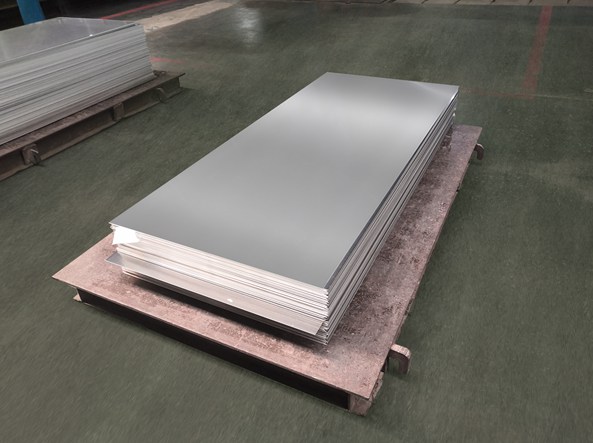Aluminium alloys are known for their versatility and wide range of applications across various industries. Two popular choices, aluminium 5251 and aluminium 6082, often compete for the spotlight due to their distinct characteristics. But which one is the better fit for your specific needs? In this article, we will compare aluminium 5251 and 6082 to help you make an informed decision.

Aluminium 5251 is celebrated for its excellent corrosion resistance and high strength. This alloy belongs to the 5xxx series, known for its magnesium content, which provides the corrosion resistance properties. Aluminium 5251 is a solid choice for marine and architectural applications where exposure to harsh environments is a constant concern. Its ability to withstand corrosion makes it an ideal candidate for coastal structures, boats, and other similar applications.
On the other hand, aluminium 6082, which falls within the 6xxx series, is renowned for its exceptional machinability and weldability. This alloy boasts good mechanical properties and can be easily formed, making it suitable for a wide range of fabrication processes. It is often chosen for applications where intricate machining is required, such as in the manufacturing of intricate components and automotive parts. The 6082 aluminum suppliers offer a versatile material for those who prioritize ease of processing and shaping.
When it comes to mechanical properties, both alloys offer their unique strengths. Aluminium 5251 exhibits higher tensile strength compared to 6082, making it an excellent choice for load-bearing structures. It is frequently employed in applications where durability and strength are paramount. However, aluminium 6082 has its own merits; it provides excellent machinability, which means it can be tailored to meet specific design requirements with ease. Whether you are designing complex parts or intricate components, aluminium 6082 can be the alloy of choice.
Another critical aspect to consider is the anodizing capability. Aluminium 5251 is known for its anodizing quality, which is crucial for applications that require enhanced surface protection, coloring, or improved appearance. This feature makes it a favored option for architectural and decorative purposes. On the other hand, aluminium 6082 can also be anodized, but it may require more attention to achieve the desired results. If your project involves anodizing, you should weigh this factor in your decision.
Cost-effectiveness is always a significant factor when selecting an alloy. Aluminium 5251 is often more affordable than 6082, making it a practical choice for budget-conscious projects. However, the price difference might be offset by the lower processing costs associated with 6082 due to its excellent machinability. Therefore, it’s essential to consider both material costs and processing costs when making your choice.
In conclusion, the choice between aluminium 5251 and aluminium 6082 ultimately depends on your specific application requirements. Aluminium 5251 excels in high-stress environments and is corrosion-resistant, making it a great fit for marine and architectural projects. On the other hand, aluminium 6082 offers superb machinability and weldability, making it an excellent choice for applications requiring complex machining.
When choosing between these alloys, consider your project’s specific needs, budget, and the available 6082 aluminum suppliers. By carefully evaluating these factors, you can make an informed decision that ensures the success of your project. So, which alloy suits your needs best: aluminium 5251 or 6082?
